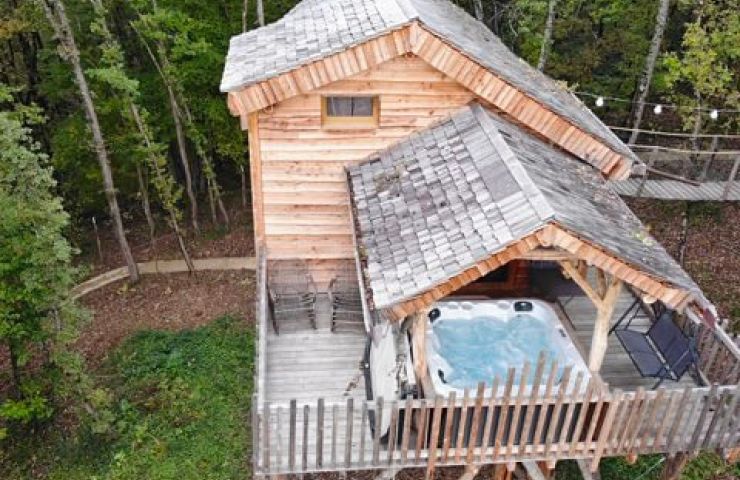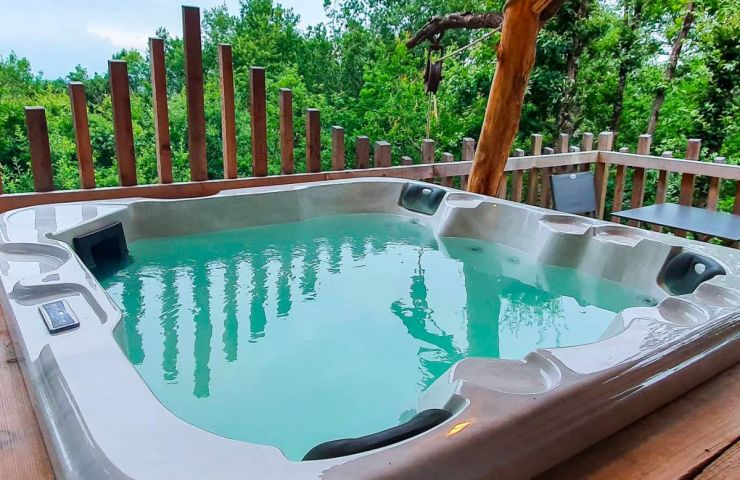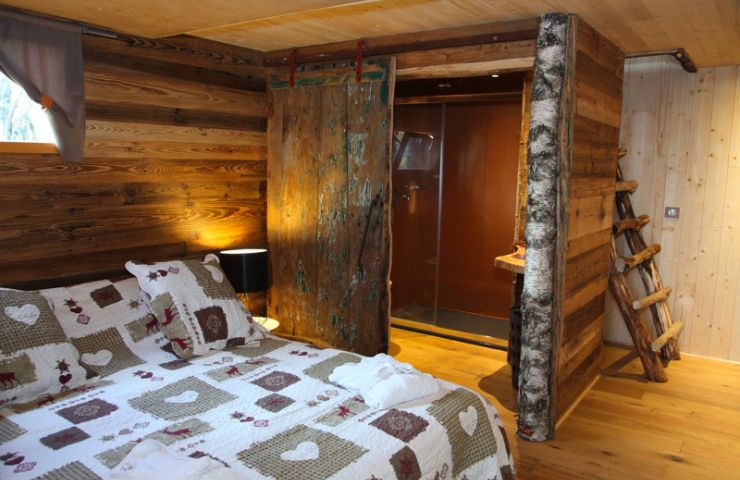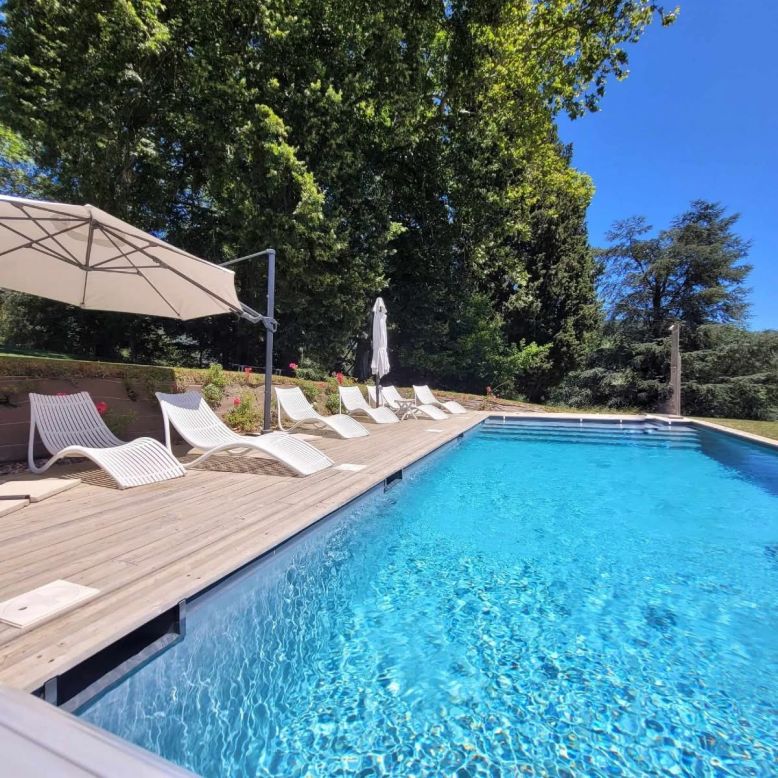- Home page
- Tourism
- Discover
- Visit Toulouse region and the French Pyrénées
- Hautes Pyrénées - Along the Adour River
- Visit Toulouse region and the French Pyrénées
- Discover
- Tourism
Val d'Adour y Madiranais, entre viñedos y río
The Val d’Adour and the Terres de Madiran are the land to the northeast of the Hautes-Pyrenees, between the Gers and the Bearn.
The source of the Adour River can be found at 2,000 metres (6,562 feet) above sea level. The river previously transported the wines of Madiran Bayonne and flows into the Atlantic Ocean, between the plains the vines with the Pyrenees Mountains as the backdrop like a beautiful movie set. This is an ideal region for nature walks around the mythical sites of the Pyrenees.
MADIRAN, CRADLE OF THE VINEYARD
It is in this town that the blessing monks introduced the first vines in the 11th century. The wine was served to the pilgrims on way to the road of Santiago de Compostella.
Madiran is the cradle of the appellation. With its beautifully preserved narrow streets, wooden covered market, its abbey church and the ruins of the monastery, this picturesque village is an invitation to discovery.
The “Maison des vins” (The house of wines) installed in the Priory gives information on the vineyard, listed AOC* (Controlled Designation of Origin : Appellation d’Origine Contrôlée (AOC) French certification "controlled designation of origin" was awarded in 1970 after 20 years of research to improve the quality of the wine) since 1948, and on its history. Whilst the Madiran is known as a red wine, rich in tanin and robust, produced on 1,350 hectares (3,335 acres), the locally produced Pacherenc (250 hectares – 618 acres) is less known, a white wine dry and or moelleux. Many wine cellars are open to visits.
CASTELNAU Rivière Basse, HILLTOP VILLAGE
The village dominates the Adour Valley at 234 metres (768 feet) above sea level Many ruins are the legacy of the religious wars, which were raging in Castelnau Rivière Basse.
MAUBOURGUET, BETWEEN the ECHEZ river AND the ADOUR river
At the heart of Bigorre, Maubourguet is at the junction of the Echez River and the Adour River. Here mills and canals are a part of the landscape.
Its Baltard style covered market, its Roman church, its archaeological museum, are an invitation to travel backwards in the history.
It is also a stopover town on the road of Santiago de Compostela (GR* 653- Arles route, GR: French GR footpath, or hiking trail, that runs the length of the Pyrenees Mountains.) crossing the Aurébiat villages (with its 53 metre /173 feet tall bell tower) and Vidouze. You can also head towards Lourdes from Maubourguet by the GR10.
RABASTENS DE BIGORRE, the BIGORRE entry gate
Rabastens de Bigorre, the Bigorre entry gate, is one of the rare royal bastides created in the Middle Ages. Dating from 1306, and built on woody and marshy lands at the border of the county of Bigorre, by the seneschal Guillaume de Rabastens, the representative of the King of France. Its square played an important role in the development of the town, with its markets its stone and wooden houses, gothic church and convent compose the bastide which was burnt during the religious wars. Only the church and a part of the convent remain today.
Nearby Rabastens de Bigorre, the Saint Sever de Rustan Benedictine abbey was built during the 11th century. Altered many times over the centuries, today it belongs to the department of the Hautes-Pyrénées which has been restoring the Abbey since 2010. The Abbey is also famous for its cloister being moved in 1890 in the gardens of Massey de Tarbes. Regular music concerts and exhibitions are part of the events of this cultural site.
The Jacquoise Huts
The Jacquoise Huts
Les Cabanes Jacquoises, prestigious rentals in the Pyrenees Escape for a night or a weekend in an almost enchanted ...
9,1 km - Jacque
The Jacquoise Huts
The Jacquoise Huts
Les Cabanes Jacquoises, prestigious rentals in the Pyrenees Escape for a night or a weekend in an almost enchanted ...
9,1 km - Jacque
The Jacquoise Huts
The Jacquoise Huts
Les Cabanes Jacquoises, prestigious rentals in the Pyrenees Escape for a night or a weekend in an almost enchanted ...
9,2 km - Jacque
OUR CITY GUIDES IN EUROPE










